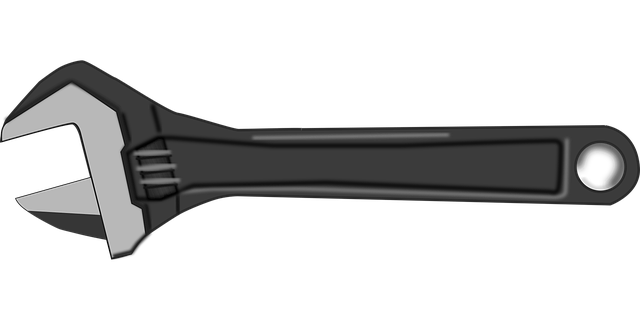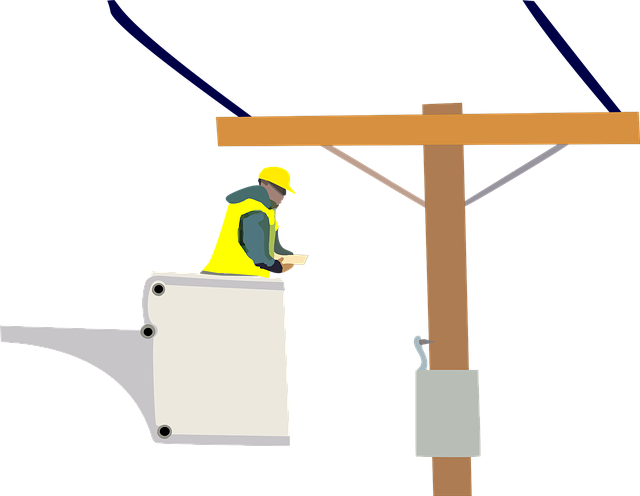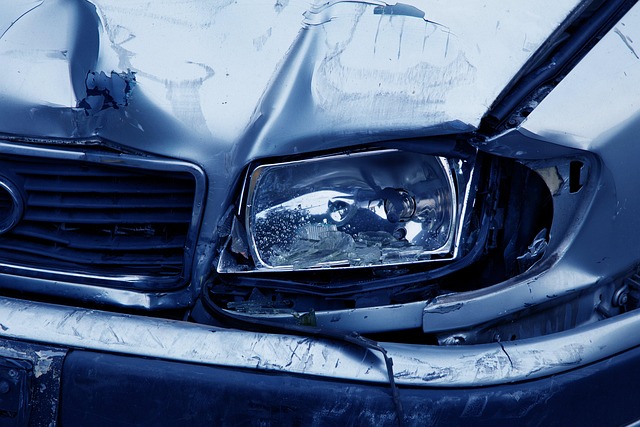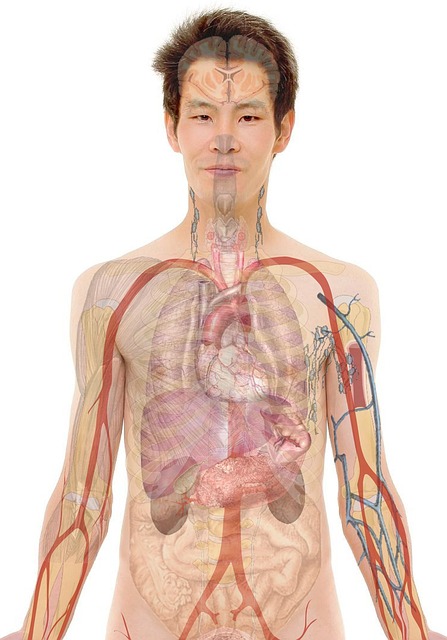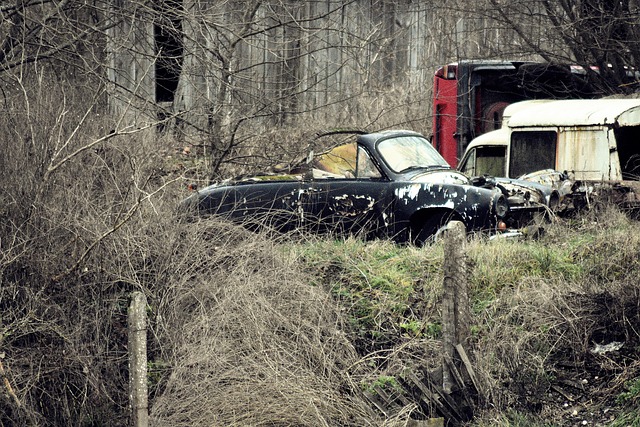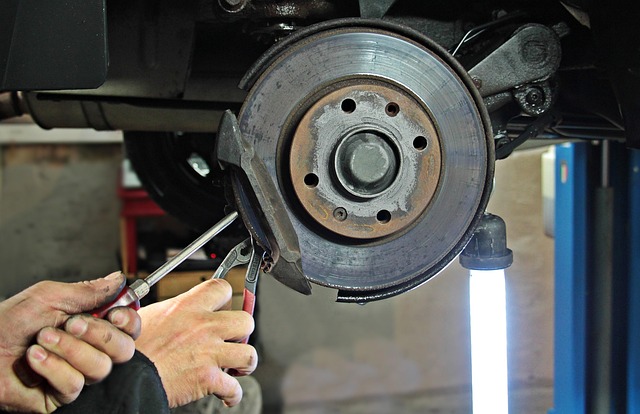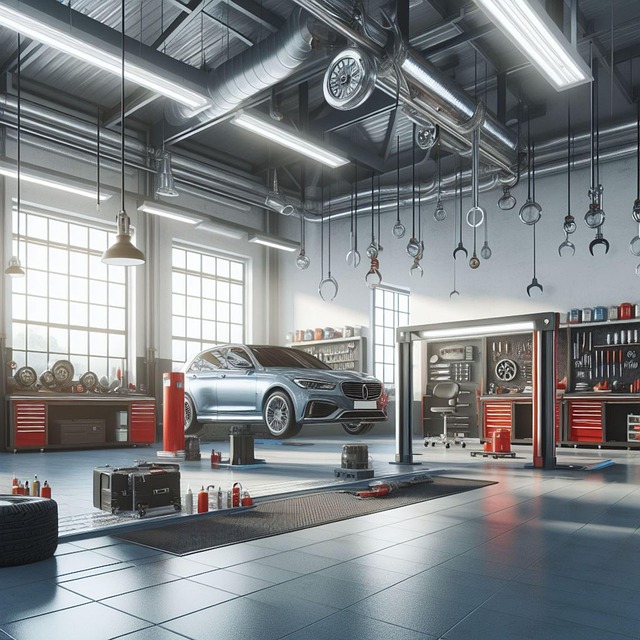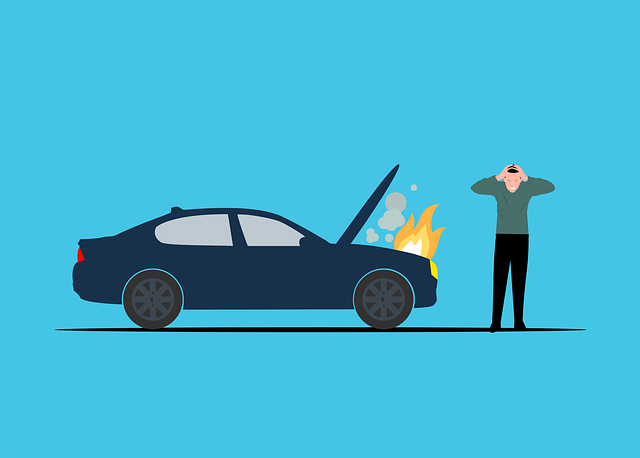In the evolving automotive sector, post-accident repair technicians have become integral safety experts, requiring advanced training in modern car paint services and intricate vehicle designs. While continuous education offers significant benefits like improved work quality, faster turnaround times, and enhanced customer satisfaction, it presents challenges such as time-consuming learning, infrastructure investments, and workflow adjustments. Despite these obstacles, the advantages of advanced training outweigh the drawbacks, fostering a dynamic collision repair industry capable of meeting today's demanding automotive needs through superior car body repair outcomes and safety consciousness.
Post-accident repair technicians play a vital role in ensuring road safety and vehicle restoration. With the constant evolution of automotive technology, their skill sets must keep pace. This article explores the changing landscape of these specialists’ roles and the significance of training in cutting-edge techniques. We delve into the benefits and challenges of upskilling, emphasizing continuous education for quality and safety. By staying at the forefront of post-accident repair, technicians can deliver superior results and contribute to a safer driving environment.
- The Evolving Role of Post-Accident Repair Technicians
- Training in the Latest Techniques: Benefits and Challenges
- Ensuring Quality and Safety through Continuous Education
The Evolving Role of Post-Accident Repair Technicians

In today’s fast-paced automotive industry, the role of post-accident repair technicians has undergone a significant evolution. These professionals are no longer merely tasked with fixing visible dents and cracks; they now play a crucial role in ensuring vehicle safety and longevity through advanced auto body restoration techniques. With the introduction of sophisticated materials and technologies, such as modern car paint services that offer superior durability and precision, technicians must stay abreast of the latest trends to deliver top-notch repairs.
The demand for skilled post-accident repair technicians has increased dramatically, driven by both the growing complexity of vehicle designs and heightened consumer expectations. Auto detailing, once a niche service, has become an integral part of the repair process, focusing on achieving flawless finishes and restoring vehicles to their pre-accident condition. This shift requires technicians to adopt innovative approaches, incorporate cutting-edge tools, and continuously enhance their skills in car paint services and auto body restoration to meet the evolving needs of modern drivers.
Training in the Latest Techniques: Benefits and Challenges

Training in the latest techniques for post-accident repair offers numerous benefits to both technicians and their employers. Advanced training allows professionals to stay abreast of evolving technologies, ensuring they can handle complex repairs with precision and efficiency. This expertise leads to better quality work, faster turnaround times, and reduced costs for auto body shops. Additionally, well-trained technicians are better equipped to manage a wide range of post-accident scenarios, from minor bumper repairs to extensive structural damage, thereby enhancing customer satisfaction.
However, embracing the latest techniques also presents challenges. Technicians must commit to ongoing education and certification programs, which can be time-consuming and costly. Keeping up with rapidly changing technologies requires continuous investment in training resources and infrastructure. Moreover, mastering new techniques may necessitate adjustments to existing workflows, requiring shops to adopt innovative practices or acquire specialized equipment. Yet, despite these challenges, the benefits of staying current with post-accident repair methods far outweigh the obstacles, ultimately contributing to a thriving automotive collision repair industry capable of meeting modern demands.
Ensuring Quality and Safety through Continuous Education

In the dynamic field of post-accident repair, continuous education plays a pivotal role in ensuring both quality and safety standards. With advancements in technology and an ever-evolving landscape of automotive manufacturing, technicians must stay abreast of the latest techniques and best practices. Regular training sessions, workshops, and certifications not only equip professionals with the most up-to-date skills but also foster a culture of safety consciousness. By staying informed about new tools, materials, and methods, repair technicians can deliver superior outcomes for car body repair and collision center operations.
Continuous education empowers them to navigate complex car collision repair scenarios more effectively. It enables them to employ cutting-edge techniques in their work, ensuring minimal aesthetic and structural imperfections. Furthermore, this ongoing learning process instills a strong commitment to quality control, ultimately benefiting customers through reliable and safe post-accident repairs.
Post-accident repair technicians play a vital role in ensuring safety and quality in the automotive industry. By staying updated with the latest techniques, they can effectively handle complex repairs, enhance vehicle performance, and contribute to road safety. Continuous education programs are essential to address the dynamic nature of the field, enabling technicians to adapt to new technologies and maintain high standards. This focus on training benefits both businesses and consumers, fostering a culture of excellence in post-accident repair services.
